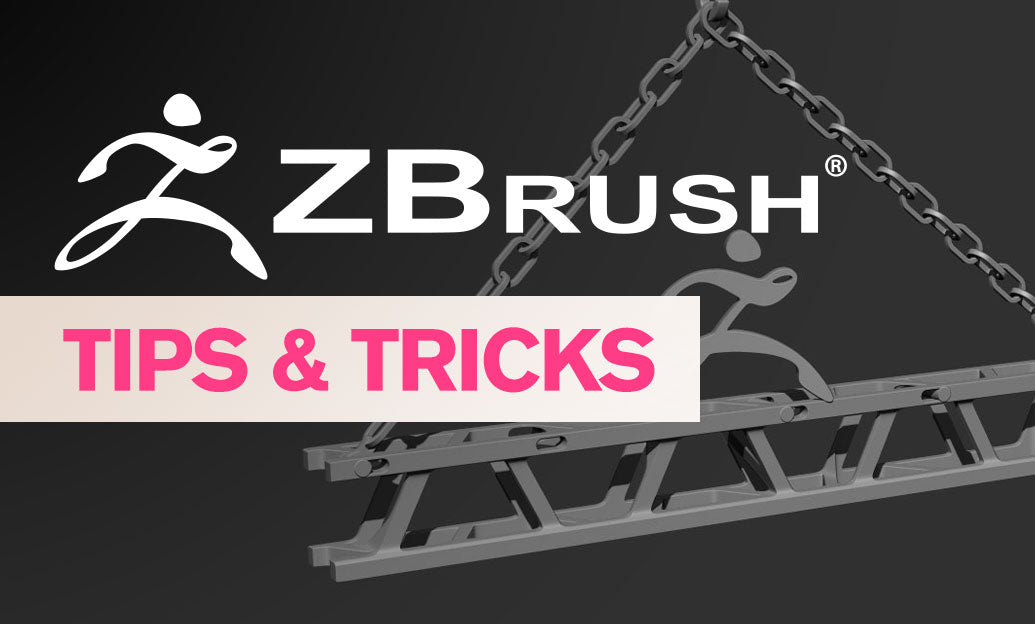Your Cart is Empty
Customer Testimonials
-
"Great customer service. The folks at Novedge were super helpful in navigating a somewhat complicated order including software upgrades and serial numbers in various stages of inactivity. They were friendly and helpful throughout the process.."
Ruben Ruckmark
"Quick & very helpful. We have been using Novedge for years and are very happy with their quick service when we need to make a purchase and excellent support resolving any issues."
Will Woodson
"Scott is the best. He reminds me about subscriptions dates, guides me in the correct direction for updates. He always responds promptly to me. He is literally the reason I continue to work with Novedge and will do so in the future."
Edward Mchugh
"Calvin Lok is “the man”. After my purchase of Sketchup 2021, he called me and provided step-by-step instructions to ease me through difficulties I was having with the setup of my new software."
Mike Borzage
Rhino 3D Tip: Maximizing Product Design Efficiency with Rhino 3D: Essential Strategies and Best Practices
July 10, 2024 2 min read

When it comes to creating compelling product designs, Rhino 3D is a powerhouse that offers flexibility and precision. Here are pivotal tips for making the most of your product design process with Rhino:
- Understand Your Tools: Familiarize yourself with Rhino's myriad of modeling tools. Knowing when to use solids, surfaces, or meshes will streamline your process.
- Start with a Sketch: Begin with a 2D sketch to outline your design concept. Rhino's ability to import sketches as reference images can be a helpful starting point for your 3D model.
- Employ Curves: Use Rhino's powerful curve tools to define precise edges and elegant sweeps. Curves are the foundation of NURBS modeling, essential for creating smooth, flowing designs.
- Utilize SubD for Organic Shapes: Subdivision modeling in Rhino allows for quick editing and smooth transitions, perfect for organic shapes commonly found in product design.
- Think in Parts: Break down your design into manageable components. Use layers to organize different parts of your model, making edits and revisions more efficient.
- Iterate Quickly: Take advantage of Rhino's flexibility to quickly explore variations of your design. Boolean operations and transform commands can help you experiment with different shapes and forms.
- Keep Surfaces Clean: Avoid unnecessary complexity by keeping your surface models as simple as possible. This practice ensures better quality and easier edits later on.
- Use Rendering to Visualize: Apply materials and lighting to your model for realistic renderings. This step can aid in visualizing the final product and identifying any design adjustments needed.
- Refine with Analysis Tools: Use Rhino's built-in analysis tools, like Zebra Stripes and Curvature Analysis, to evaluate the smoothness and quality of your surfaces.
- Prepare for Prototyping: Ensure your model is ready for prototyping or manufacturing by checking for closed solids, eliminating naked edges, and confirming the scale of your model.
For seasoned professionals and novices alike, incorporating these practices into your Rhino workflow can remarkably enhance the quality and efficiency of your product designs. Explore NOVEDGE's selection of Rhino 3D products to find the tools best suited for your design needs.
```You can find all the Rhino products on the NOVEDGE web site at this page.
Also in Design News

ZBrush Tip: Mastering the Chisel Organic Brush for Realistic Digital Sculpting in ZBrush
February 18, 2025 2 min read
Read MoreSubscribe
Sign up to get the latest on sales, new releases and more …




